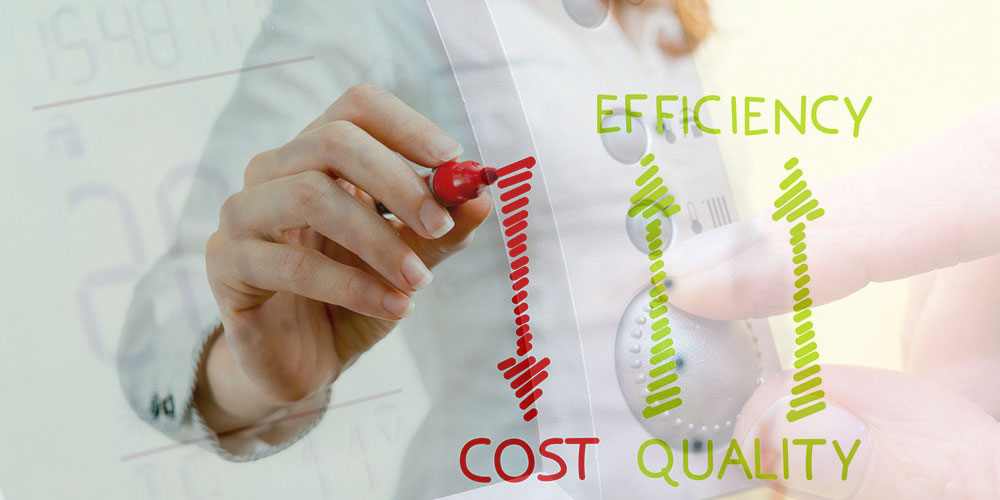Technology and Big Data analytics play a tremendous role in empowering dynamic management systems in smart grids. They enable the optimization of the flow of energy between utility providers and consumers. Data obtained by different solutions are then used for big data analytics to make performance estimations and recommend smart business practices for energy management.
In many cases, consumers don’t realize how much energy they are consuming until the monthly bills come to their door. The environmental and financial cost of using utilities add up quickly. Users find it hard to understand how or why they had used so much energy in a given period. This critical point is the beginning of change regarding energy consumption.
Smart Technology and Utility Data
Industrial, commercial, and residential consumers miss many opportunities to reduce their energy costs. They often cannot identify them, while the truth is that many hidden costs can be avoided with little to no investment. The longer they go unnoticed, the more expensive they become. Thanks to smart meter technology, the entire process is automated and provides access to real-time data.
Many building owners, operators, and managers still collect data manually or use multiple systems to capture information on all of their utilities. With smart technology, managers are able to find the long-time hidden costs of manual data integration. Often, the main three hidden cost drivers include:
- Late insight. Entering utility data manually requires time – it needs to be collected from PDF or paper bills and entered into a spreadsheet. Utility bills typically give monthly usage information, which means that you cannot see spikes or anomalies in energy consumption. This can drive up energy bills.
- Error-prone data. It takes several distinct steps to process energy data manually, while an average bill may have up to 120 data points. This leaves room for errors. Every manual process is prone to human error. Digitized, cloud-based, and AI-powered systems reduce the error of data analysis to zero.
- Misapplied resources. Manual data collecting requires a team of people to perform the job. In case of competing priorities, there may not be time to collect and process data manually. Every minute spent on manual data collection and processing takes away opportunities that could both reduce consumers’ utility bills and drive more revenue.
With smart submetering technology, customers will get access to data that illustrate their energy consumption habits. An effort to use energy in smarter ways on the part of the end-consumer should always be supported. That way, utilities can provide plans that match their consumers’ needs better, building loyalty and retaining customers.
Smart technology involves; installing submeters that can collect consumption information, integrate it and present energy consumption data in real-time while helping to pinpoint outliers in consumption to investigate and resolve anomalies in energy consumption.
Making it a routine practice, submetering, proves to be a great tool for conservation and efficiency in building operations.


